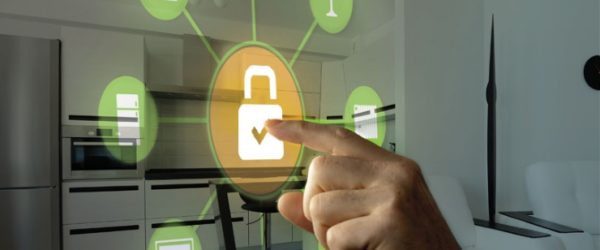In the broadest sense, the Internet of Things involves connecting objects to the internet instead of people. There are no rules for How the connection is made, How Often the connection is made, or the Direction of the data flow. The Thing is defined, but its relationship to the Internet is not.
Some Things only connect to the internet when the internet comes to them. Usually this is when a smartphone comes near the ‘thing’ to gather data or control the ‘thing’. The smartphone is connected to the internet (or will be connected sometime in the future), and the data flows first between the Thing and the smartphone, then between the smartphone and internet. Conversely the data can flow first from the internet to the smartphone, then when the smartphone is near the Thing the data flows to the Thing. It is a lot like snail mail, where the postman both delivers and picks up mail. Intermittent, and slow.
This is a good system model for devices that are remote, battery-powered, autonomous, and do not need constant or quick access to the internet. The intermediary device is often connected to the internet via the cellphone system, or sometimes WiFi. It can connect to the Thing via WiFi, Bluetooth, NFC, or even visually via the phone’s camera. So the internet is fairly distant from the Thing; a place the Thing visits occasionally.
Other Things are normally not connected to the internet, but are able to connect quickly based on some event. They can access the internet via WiFi or cellular radio, or through an intermediary device that is connected. This system is a lot like texting on a cellphones always on standby, ready to send or receive. In this case the internet is nearby and available, but still separate from the Thing.
And some Things are always connected to the internet, adding information to the network, and getting information from the network to do its job. So the internet is an extension of the Thing, essential to its function.
Finally, some Things can be part of the internet itself by passing along data from other Things. Enabling your phone to be a local WiFi hotspot makes it into an internet node. Leaving your phone’s WiFi on as you go about your day allows applications on internet to build a map of WiFi locations. If you allow your phone’s location to be shared, it can be used while you are driving to determine the traffic speed and that data is shared with the world. And a self-driving car can share information with other cars nearby to avoid accidents and choose routes; it has become a mobile internet node. An actual part of the Internet!

